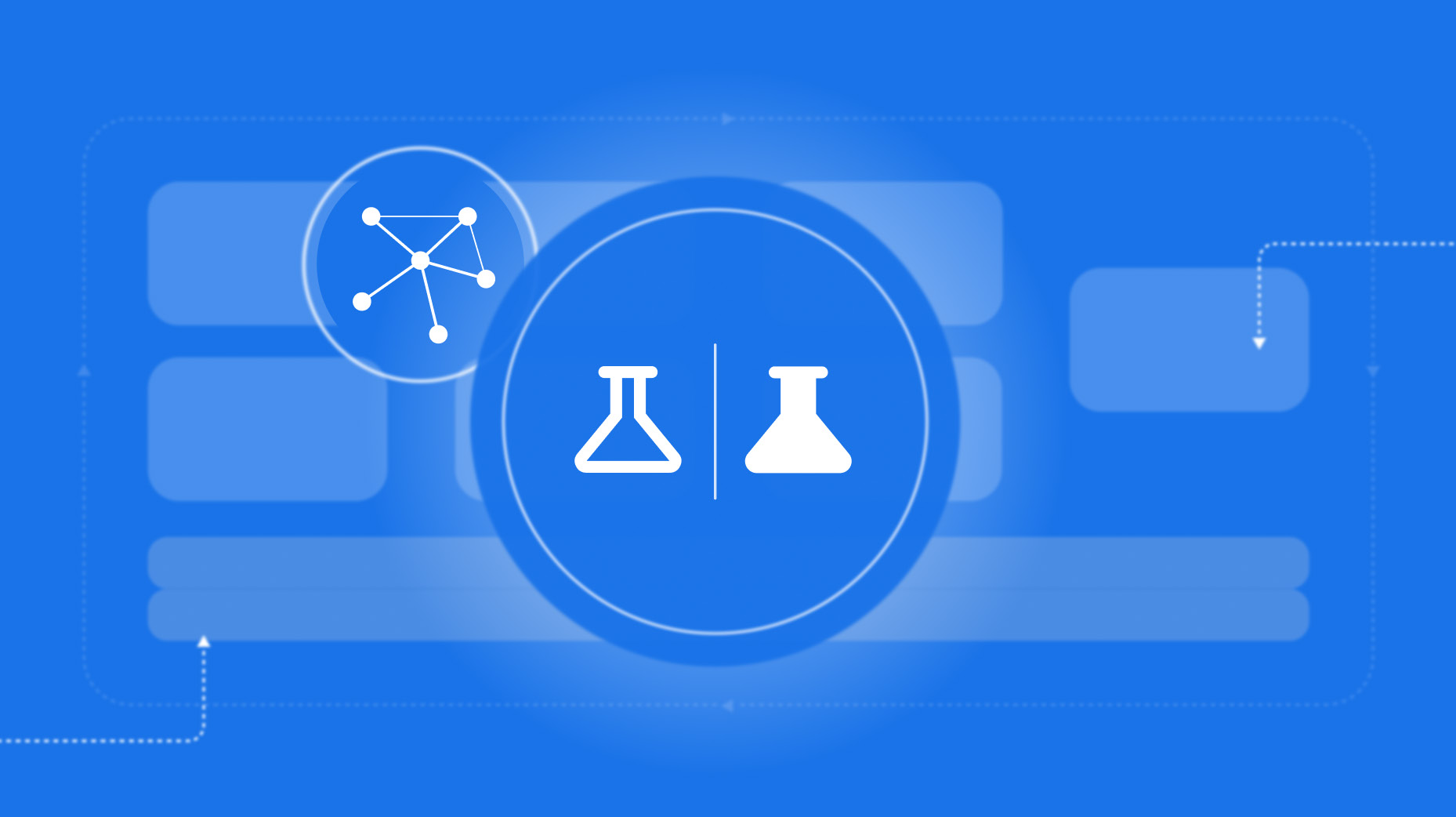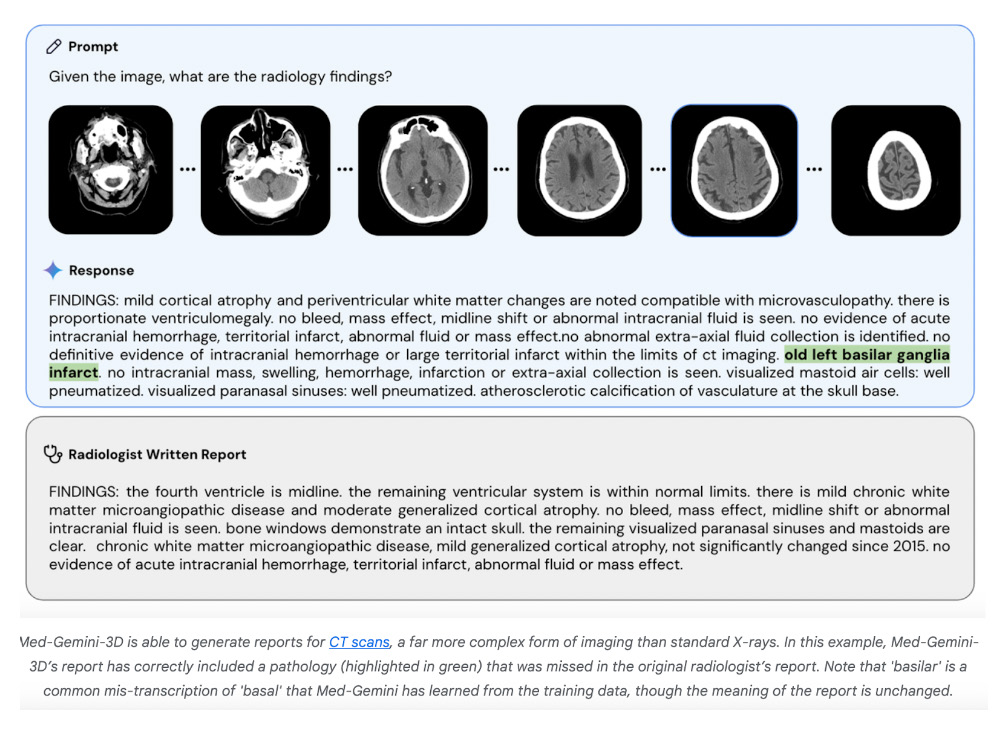
The Rising Influence of AI in Research
Artificial intelligence (AI) is driving a significant transformation in scientific research across various fields. As the use of AI technologies, particularly large language models (LLMs), becomes more widespread, one in three postdoctoral researchers now utilizes these tools for tasks such as literature reviews, coding, and editing. This shift is exemplified by the groundbreaking contributions of Demis Hassabis and John Jumper, who received the Nobel Prize in Chemistry for their work on AlphaFold 2, a system capable of predicting protein structures. This advancement holds promise for accelerating the development of new drugs and materials, showcasing AI's potential to revolutionize how science is practiced[1].
Key Opportunities for AI in Science

The integration of AI into scientific inquiry presents five major opportunities that address existing challenges related to the scale and complexity of modern research:
Transforming Knowledge Management: AI can enhance how scientists digest and communicate knowledge, helping them keep pace with the rapidly expanding literature. Current AI tools enable researchers to synthesize vast amounts of data more effectively, potentially changing traditional approaches to reading and writing scientific papers[1].
Data Generation and Annotation: AI technologies can assist in generating, extracting, and annotating large datasets. This is particularly important since many areas of science suffer from data scarcity. AI can help improve existing data collection methods and create comprehensive datasets from unstructured information, such as scientific publications and educational materials[1].
Experiment Simulation and Acceleration: Many experiments in scientific fields are expensive and time-consuming. AI's ability to simulate experiments can streamline complex research processes, allowing researchers to optimize their approach before committing resources[1].
Complex System Modeling: AI has the capacity to model intricate systems across various disciplines, such as biology, economics, and climate science. By analyzing vast amounts of data, AI can uncover patterns that traditional methods might miss[1].
Innovative Problem Solving: AI can aid scientists in identifying novel solutions to complex challenges with extensive search spaces, such as developing new drugs or materials. This could empower researchers to explore areas that are currently beyond their reach due to the sheer number of possible combinations[1].
The Risks of AI Integration
Despite the promising developments, the adoption of AI in science is not without risks. Concerns include potential impacts on scientific creativity, reliability, understanding, equity, and environmental considerations. For instance, there is anxiety that AI may homogenize scientific outputs and dampen innovative thinking, as reliance on AI might lead researchers to follow pre-existing patterns instead of exploring unconventional solutions. Additionally, the reliability of scientific findings could be compromised due to biases in AI systems, particularly those resulting from flawed training data or methodologies[1].
Strategic Recommendations for Policymakers

To fully exploit the opportunities provided by AI while mitigating the associated risks, the following strategic recommendations are proposed:
Defining 'Hilbert Problems': This concept involves identifying significant scientific problems suited for AI approaches. By aligning scientific inquiries with AI capabilities, researchers can tackle neglected but crucial challenges. Policymakers should facilitate discussions among scientists and technologists to pinpoint these areas and establish competitions or funding opportunities to incentivize solutions[1].
Improving Accessibility of Scientific Data: A focus on creating an open and well-curated data environment is essential. Launching initiatives to inventory existing datasets can reveal gaps and opportunities for new data collection efforts. This initiative would help scientists access quality data necessary for training AI models[1].
Mass AI Education in Science: Training programs targeting existing scientists and researchers are needed to ensure they understand how to effectively incorporate AI into their work. Policymakers can incentivize the integration of AI training into science curricula at various educational levels, ensuring future scientists are well-prepared to navigate an AI-driven research landscape[1].
Building Evidence and Experimenting with Organizational Structures: To address the evolving needs of scientific research, efforts to collect evidence on how AI is being used in various contexts are crucial. This data will inform best practices and highlight innovative models that can enhance research productivity and impact in the age of AI[1].
Conclusion: Embracing the Future of Science
The emergence of AI in scientific research signifies a new golden age of discovery. By taking strategic actions to enhance the benefits of AI while proactively managing its risks, policymakers can enable scientists to unlock unprecedented opportunities in research and address pressing societal challenges. The journey toward integrating AI in science is complex, but the potential rewards—accelerating scientific breakthroughs and enhancing our understanding of natural phenomena—are profound[1].
Get more accurate answers with Super Pandi, upload files, personalized discovery feed, save searches and contribute to the PandiPedia.
Let's look at alternatives:
- Modify the query.
- Start a new thread.
- Remove sources (if manually added).